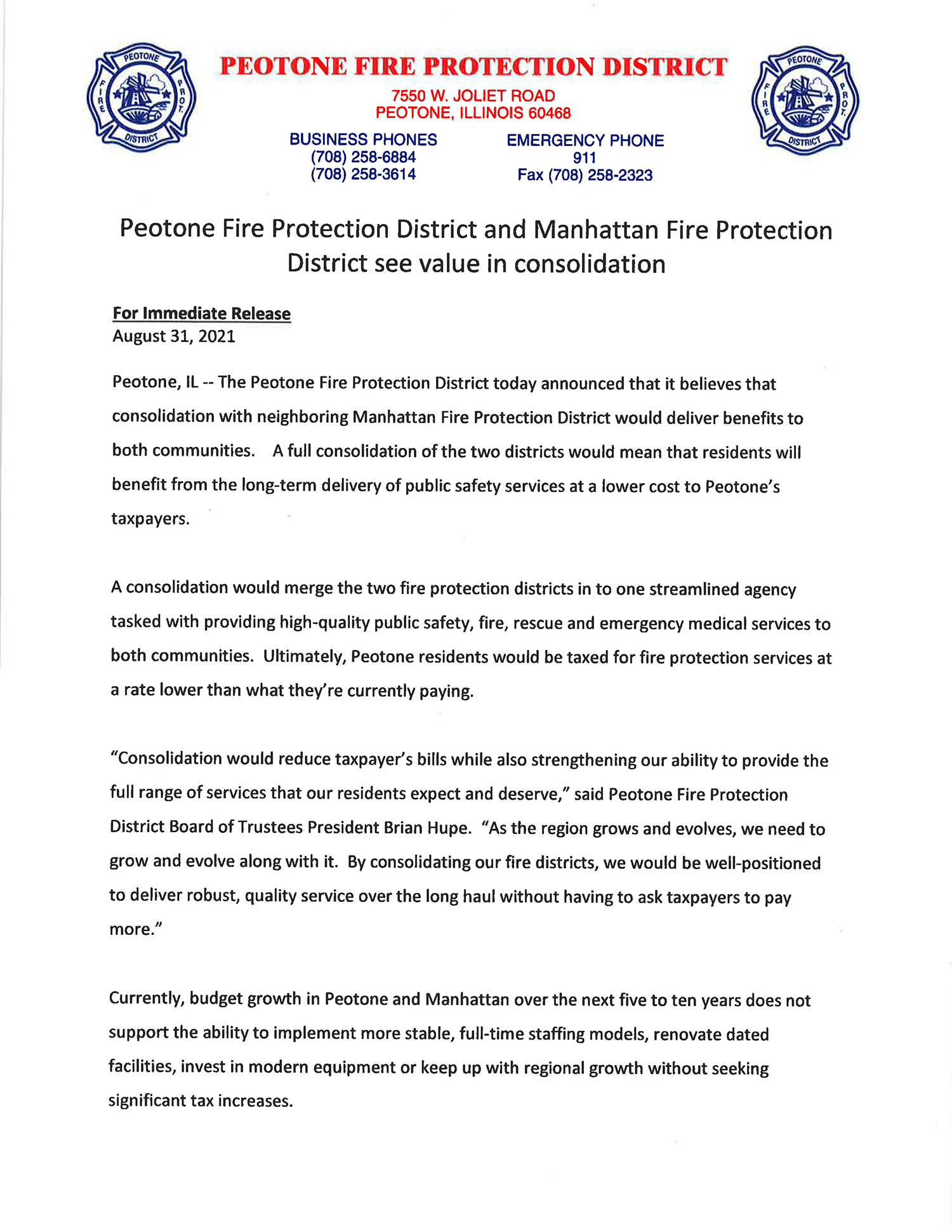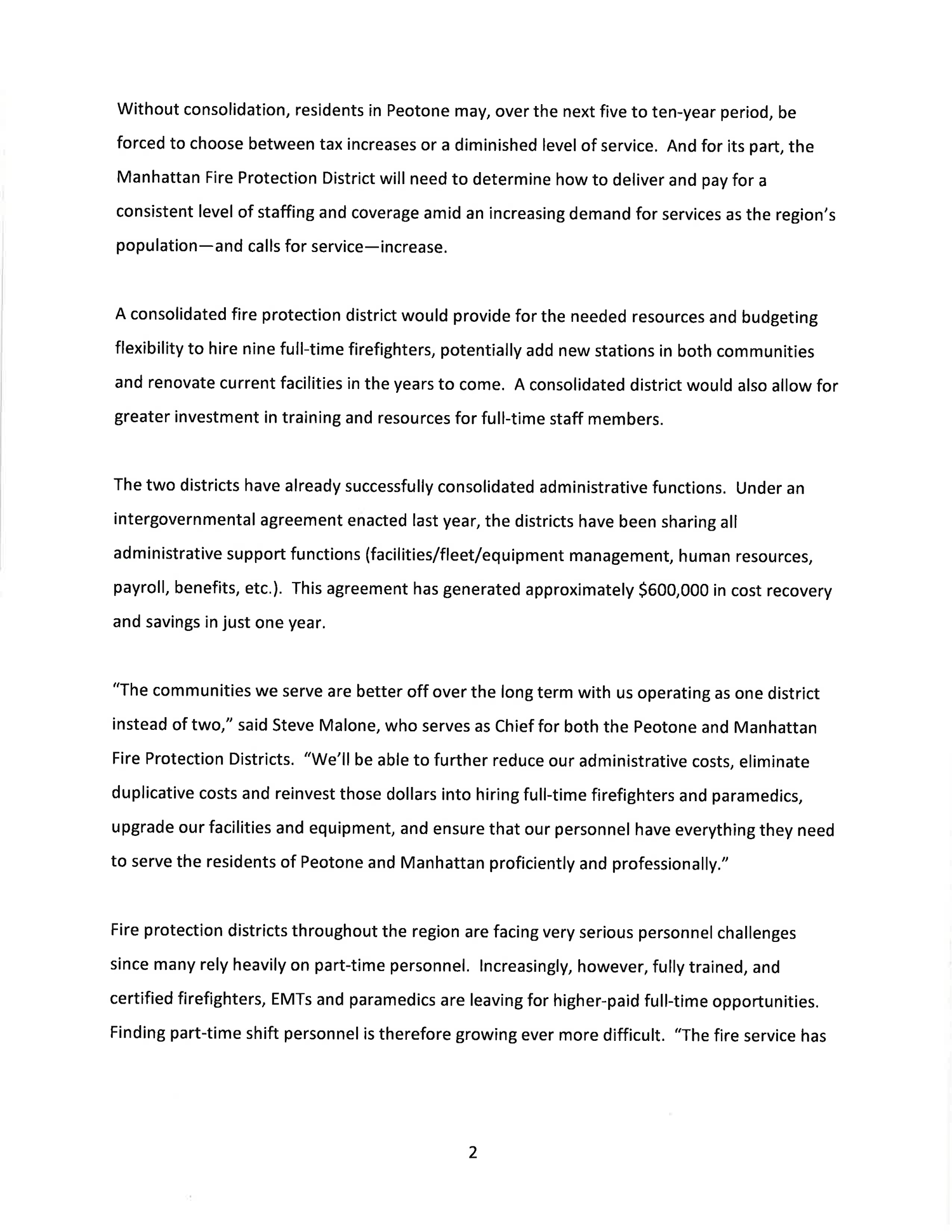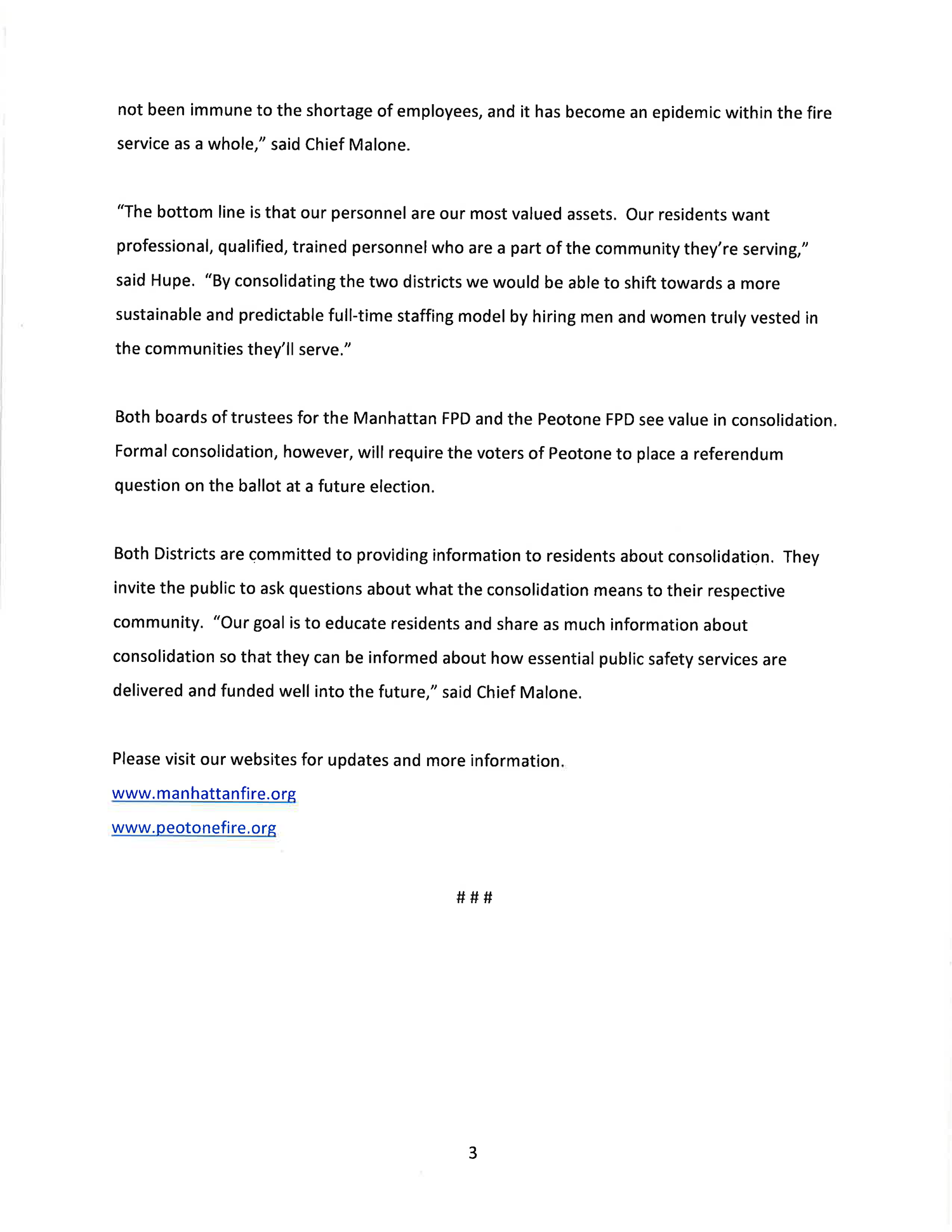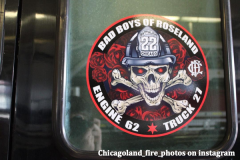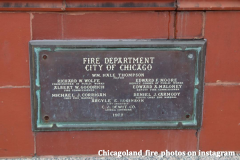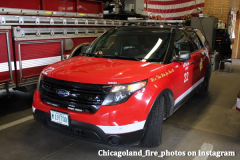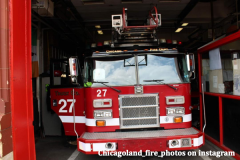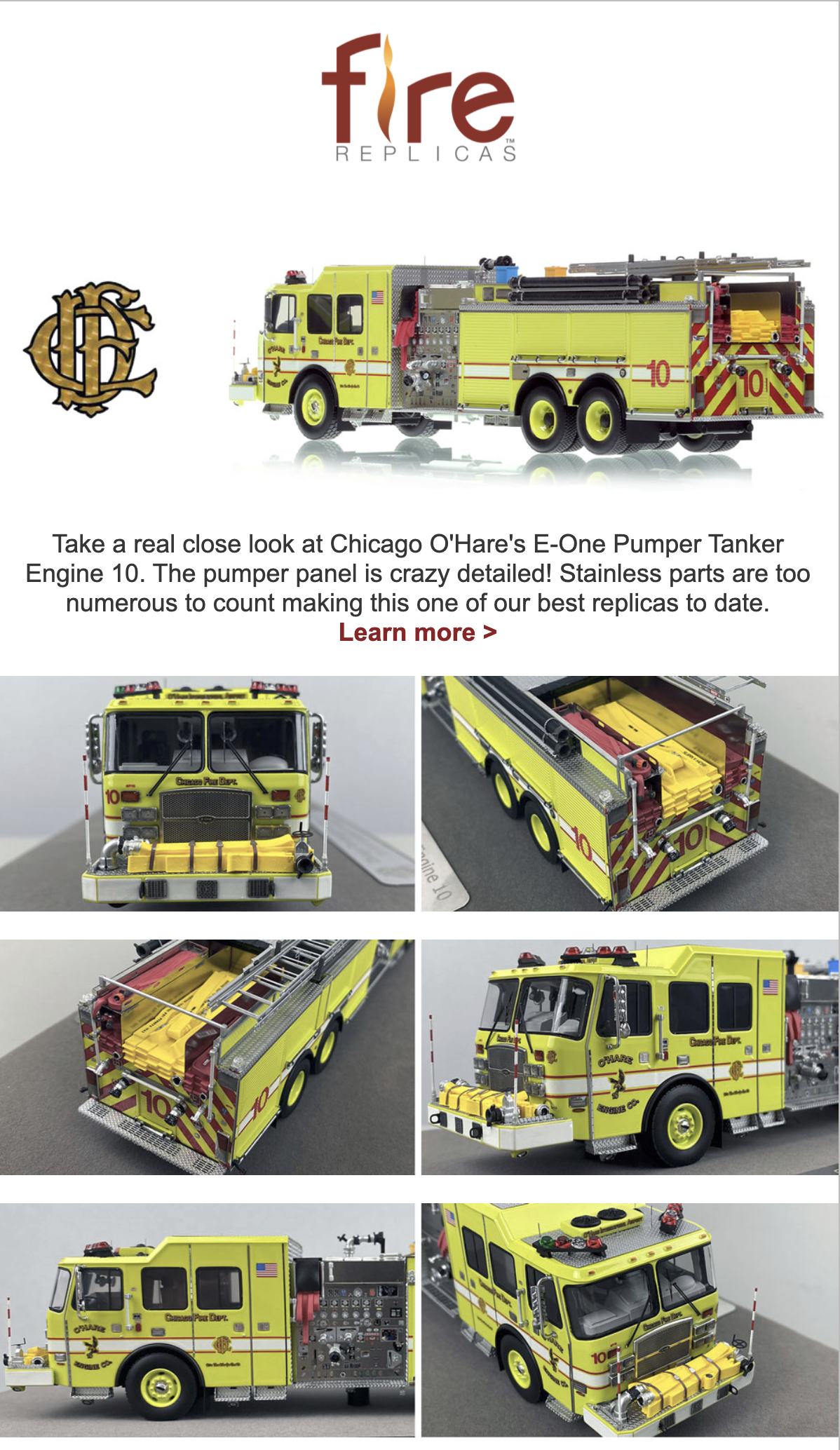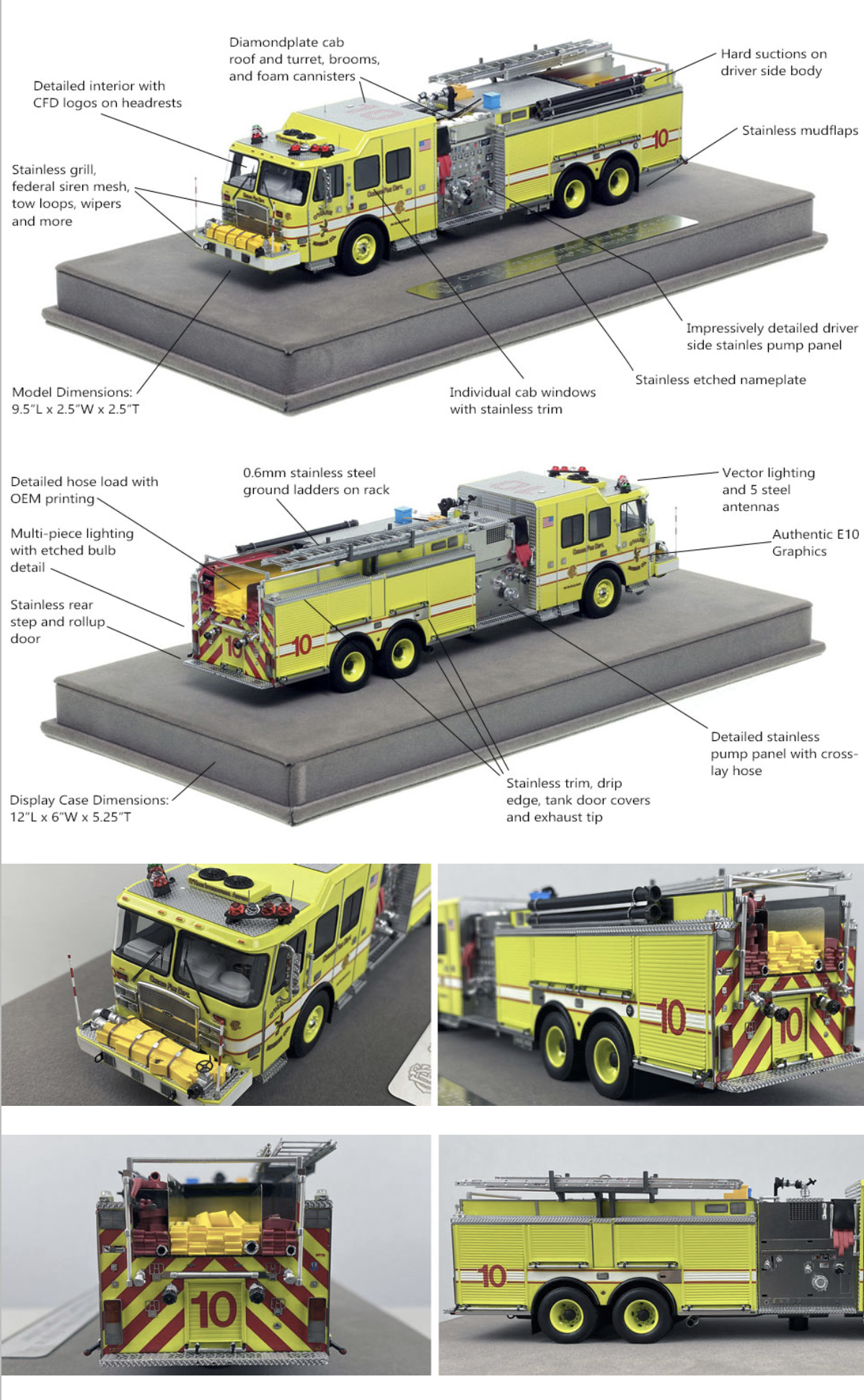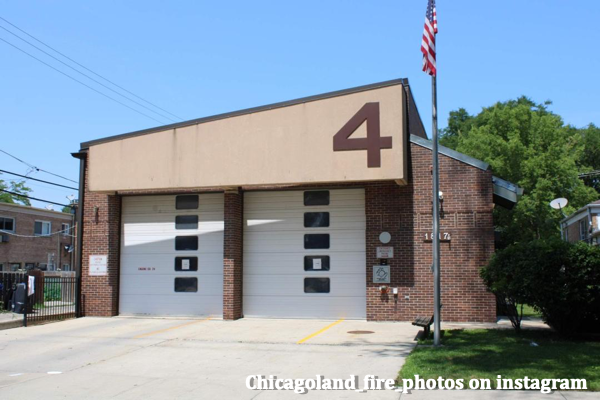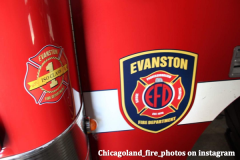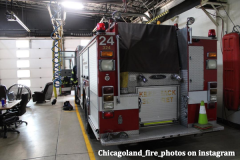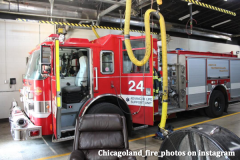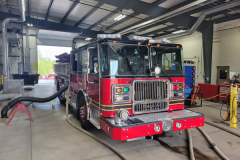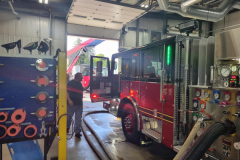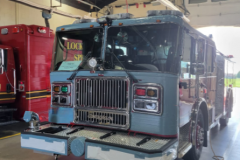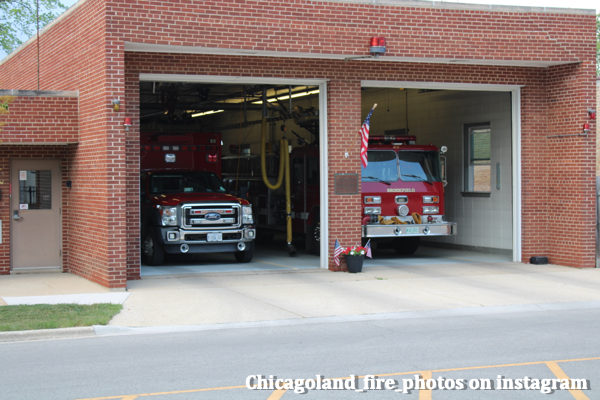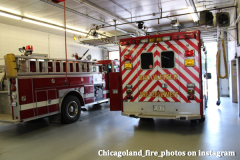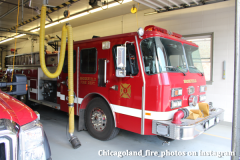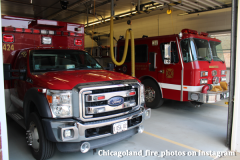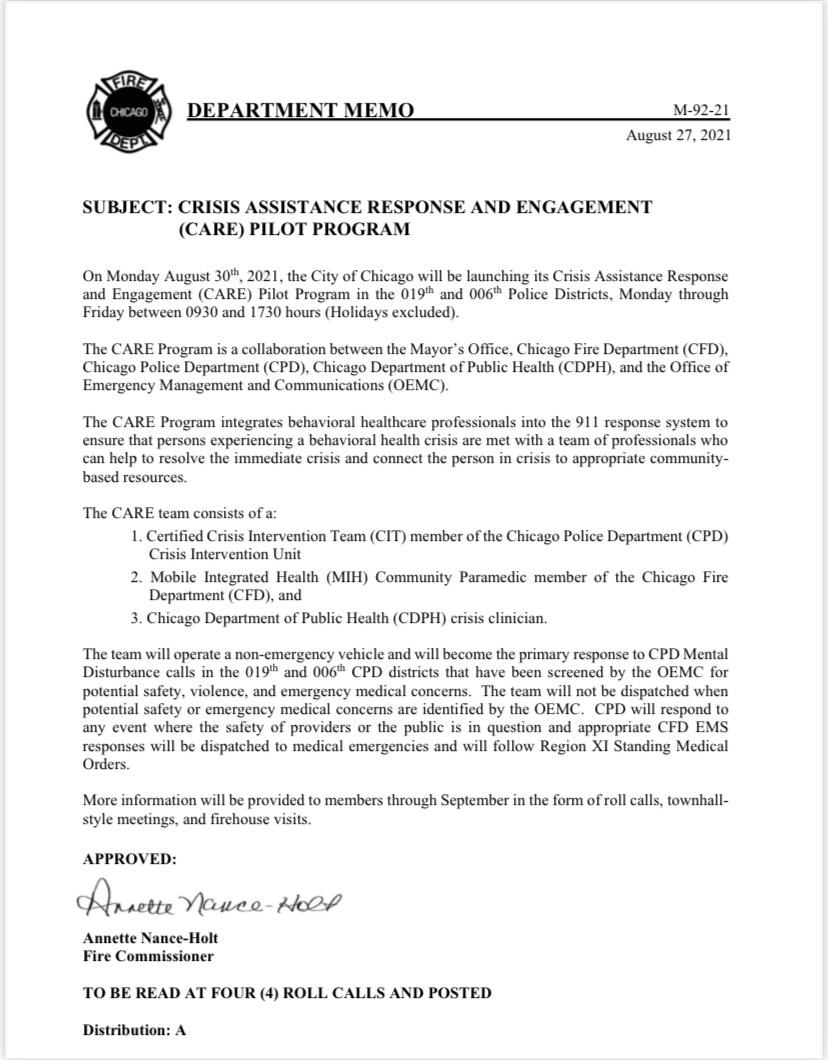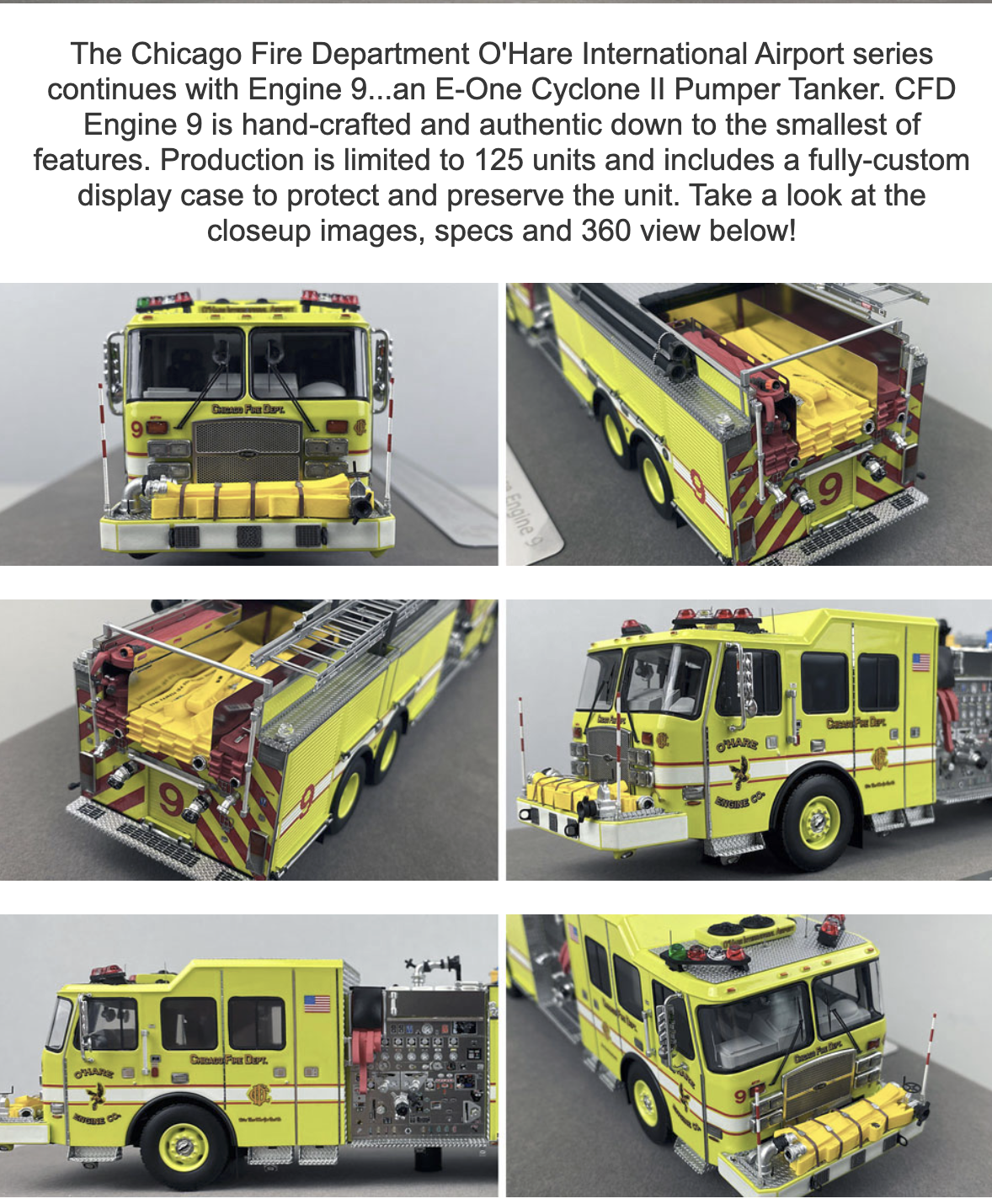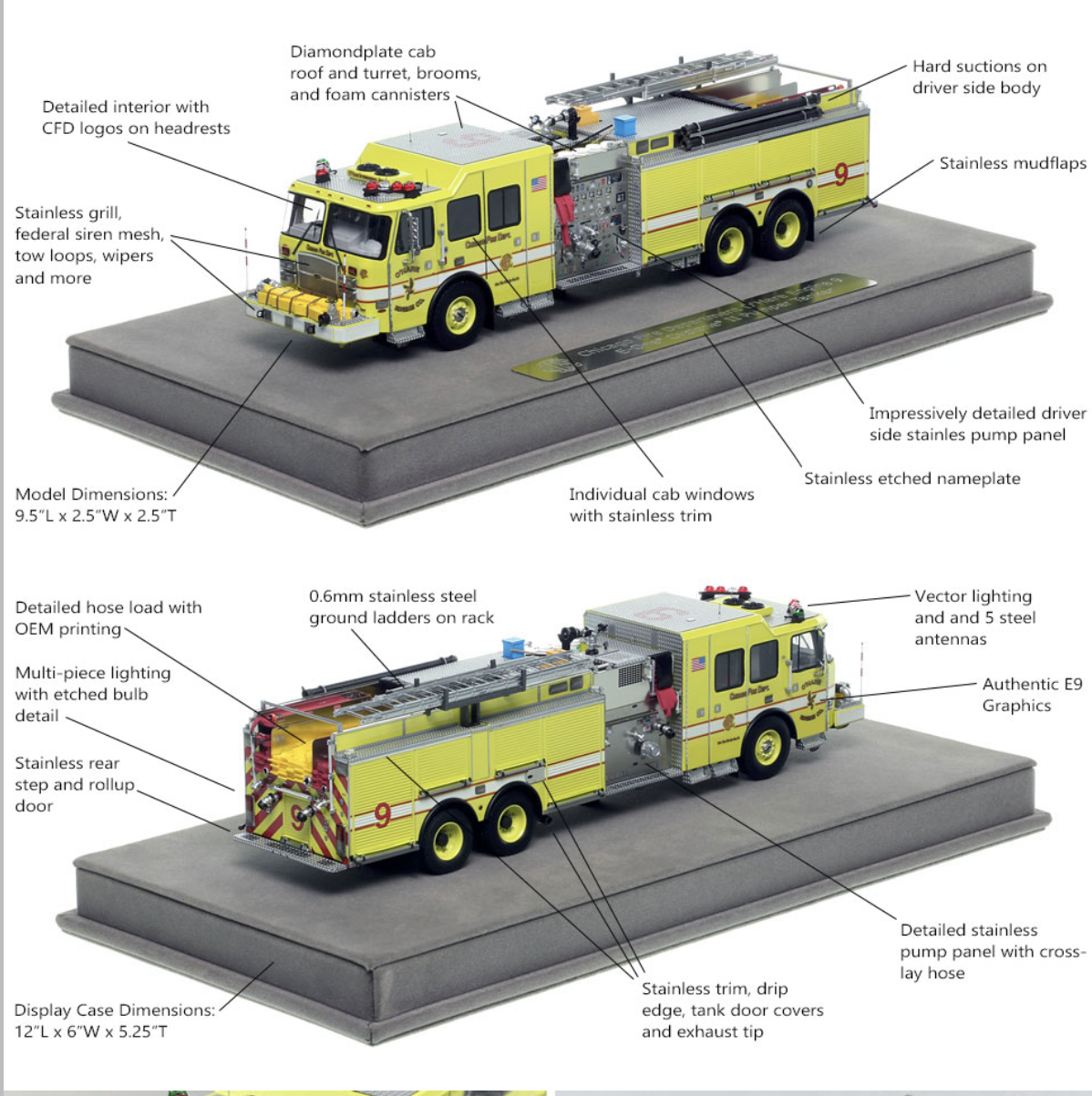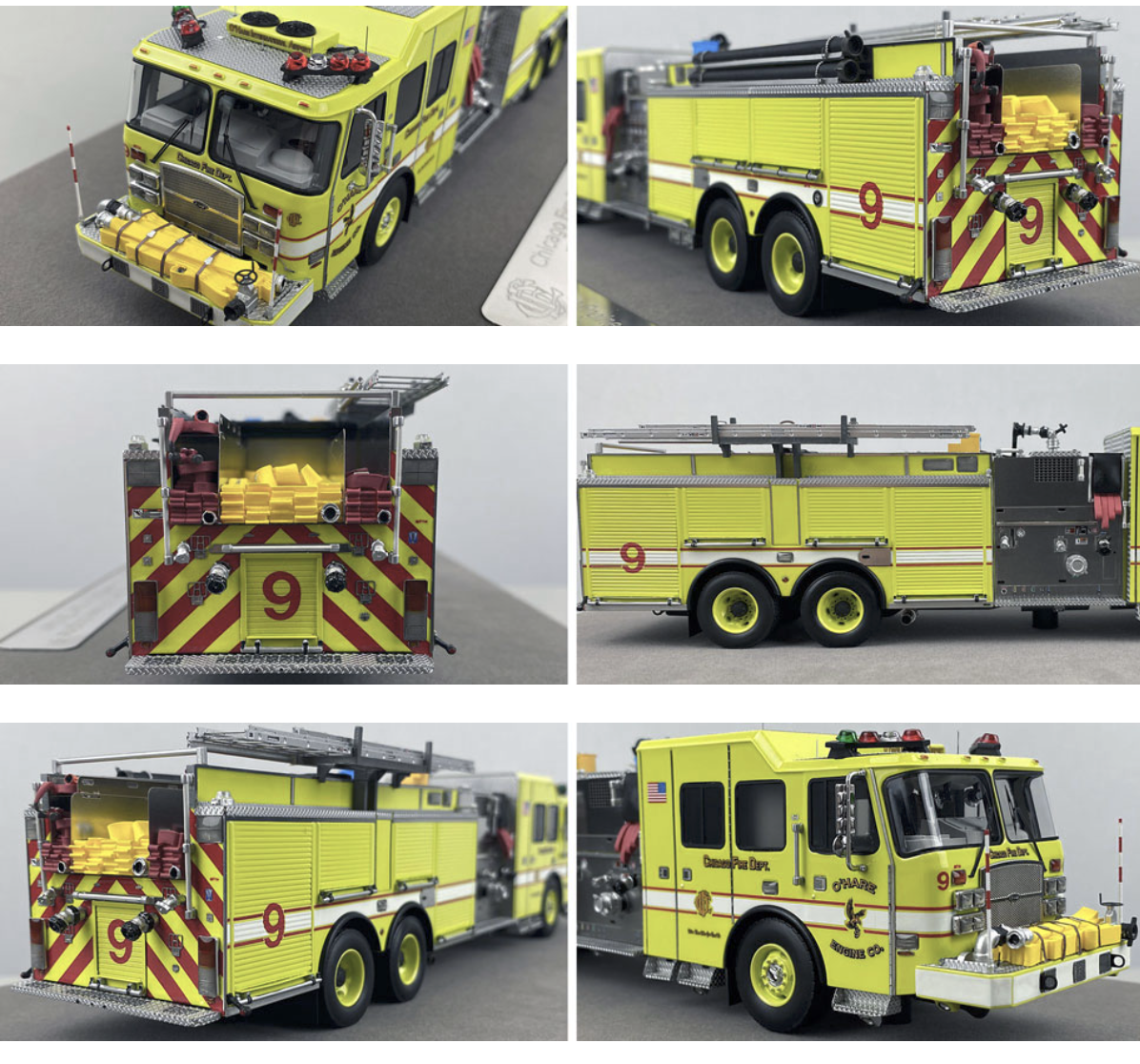Archive for August, 2021
As seen around … Chicago
Aug 31
From Phil Stenholm:
Another installment about History of Evanston Fire Department
In November 1927, lieutenants Henry Tesnow and Carl Windelborn were promoted to captain, firemen Walter Boekenhauer, Michael Garrity, Anthony Steigelman, and John Wynn were promoted to lieutenant, Motor Driver J. K. Wilen was promoted to the new rank of “Engineer – Mechanic,” and twenty new firemen were hired: Harold Anderson, John Anderson, Albert Balmes, Charles Bammesberger, Fred Carlson, Herbert Claussen, Norman Fochs, Edward Hanrahan, Knud Hanson, Milton Kummer, Charles Lapp, Fred Michelau, Louis Morgan, William Murphy, Elmer Nepstad, Charles Novak, Fred Schumacher, Francis Williams, B. V. Williamson, and L. P. Williamson. Ten of the new men were assigned to one of the platoons, and ten were assigned to the other, with no more than three of the new men assigned to any one company.
As part of the November 1927 EFD expansion, Engine Co. 4 was organized at Fire Station # 2. Ten men were assigned to Engine Co. 4, and the new company was provided with equipment and apparatus (a tractorized-steamer and a booster-pumper) formerly used by Engine Co. 2. Pat Gaynor was the first captain. The company moved into brand-new Station # 4 at 1817 Washington Street on December 30, 1927. The two-bay Station # 4 was the first Evanston fire station designed and built especially for automobile apparatus (a garage rather than a barn), with a kitchen and a dining room part of the original blueprint.
Also, Engine Co. 5 was organized at Fire Station # 1 on the same day that Engine Co. 4 was organized at Fire Station # 2. Twelve men were assigned to Engine Co. 5. This company was assigned one of the new Seagrave “Standard” 1000-GPM pumpers (the other was assigned to Engine Co. 2), and was the designated “high-value district” (downtown Evanston) engine company for many years. Henry Tesnow was the first captain.
Capt. J. E. Mersch was supposed to have been the commander of Engine Co. 5, but he suffered a disabling leg injury in September 1927 when the police ambulance in which he was riding was hit broadside by a bus. In May 1928, after he was discharged from the hospital and after it was determined that he could no longer work as a fireman, Capt. Mersch declined to take a disability pension and instead was appointed to the newly-created position of “Fire Prevention Inspector.” He was promoted to the rank of Assistant Chief Fire Marshal in 1932, and he would continue to serve as both Fire Prevention Inspector and Chief of the Fire Prevention Bureau until his death at the age of 67 in October 1950.
With Capt. Mersch appointed Fire Prevention Inspector, Lt. Ed McEnery was promoted to captain, and Fireman Frank Didier was promoted to lieutenant. Also, Capt. Tom McEnery was promoted to Assistant Chief Fire Marshal and Platoon Commander, as an assistant chief would now command each of the two platoons.
With five engine companies and two truck companies now in service, the EFD’s response to alarms changed significantly. Instead of a one engine / one truck response to a report of a structure fire as had previously been the case, two engine companies and one truck company would now respond to a “general” alarm, with a three engine / one truck response to the downtown “high value district” (the area bounded by Lake Street on the south, Oak Avenue on the west, Clark Street on the north, and Hinman Avenue on the east), and a three engine / two truck response to hospitals, sanitariums, nursing homes, and schools during school hours.
As had been the case since June 1922, Chicago Fire Insurance Patrol No. 8 responded to all working fires in Evanston involving high-value properties from its quarters at 3921 N. Ravenswood Avenue, and as had been the case since September 1924, both EFD truck companies were located at Station # 1, with Truck Co. 1 (operating with the TDA) the first-due truck company east of Asbury Avenue, and Truck Co.2 (operating with the city service truck) the first-due truck company west of Asbury.
Engine Co. 1 was now designated the city-wide second engine, and also responded to inhalator calls city-wide; Engine Co. 2 was first-due to the area east of Asbury and south of Greenleaf Street, and responded as the third engine south of Dempster west of Asbury, and east of Asbury between Greenleaf and Foster; Engine Co. 3 was first due north of Church Street west of Asbury, and north of Foster Street east of Asbury; Engine Co. 4 was first-due west of Asbury and south of Church Street; and Engine Co. 5 was first-due east of Asbury between Greenleaf and Foster (including the downtown “high value district”), and responded as the third engine west of Asbury north of Dempster, east of Asbury north of Foster, and east of Asbury south of Greenleaf. If available, Engine Co. 2 would “transfer” (change quarters) to Station # 1 if Engine Co. 5 was at a working fire, and either Engine Co. 3 or Engine Co. 4 would transfer to Station #1 (and place the reserve inhalator on-board the rig) if Engine Co. 1 was at a working fire. Prior to the installation of apparatus radios in 1952, returning to quarters and changing quarters had to be done expeditiously, because companies were incommunicado while on the road.
41 men were assigned to each platoon: 14 men (seven on each platoon, with one of the men assigned as the chief’s buggy-driver) were assigned to Truck Co. 1, twelve men (six on each platoon) were assigned to Truck Co. 2, Engine Co. 1, Engine Co. 2, and Engine Co. 5, and ten men (five on each platoon) were assigned to Engine Co. 3 and Engine Co. 4. Each company could run one man short, so the absolute minimum aggregate shift staffing if each company was running a man short was 34 men. .
The assistant chiefs assigned to Truck Co. 1 and Truck Co. 2 (Ed Johnson and Tom McEnery, respectively) were both company officers and platoon commanders, so they worked opposite platoons. As had been the case for many years, EFD Chief Albert Hofstetter responded to routine alarms as long as he was on duty, and he would be picked up at home by his driver and would be driven to a working fire if he was off duty. But beginning in May 1928, the assistant chiefs (platoon commanders) would respond to routine alarms in the chief’s automobile and be acting chief at the scene of an incident, and have the authority to order additional alarms or a call-back of the off-duty platoon, or even request assistance from the Chicago F. D. or other neighboring fire department, if the chief was off-duty.
As seen around …Evanston
Aug 30
From SST Emergency Products LLC on Facebook:
78K95 was delivered today to the Lockport Township Fire District of Lockport Illinois. Some minor additions in the following weeks at our service center and she will be assigned to Engine Co #3. This is Lockport’s 2nd Seagrave and they currently have a Seagrave 105′ Apollo in production. Thank you Lockport for being loyal customers.
A huge thank you to the members of the Lockport Township Fire Protection District on the delivery of your second Seagrave Marauder pumper. To be assigned to Engine Co 3.
thanks Danny
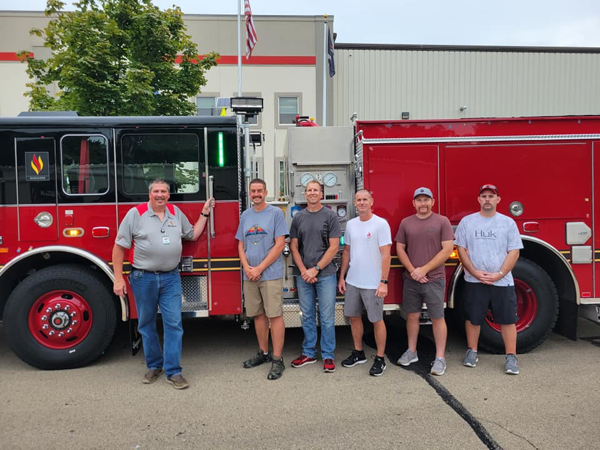
SST Emergency Products photo
From Steve Redick:
I came into something really special. These photos are dated April 19, 1961 near the old fire academy. They are testing the feasibility of putting a second turret on the Snorkel basket, and it’s my dad in the basket! (wearing glasses) He was assigned to Snorkel 2 at the time and I remember him talking about how the 2-gun Snorkel (snorkel 5) never really worked well as they could not properly supply both turrets. Dad was only 33 years old at the time of the photo. Many thanks to my friend who found these photos.
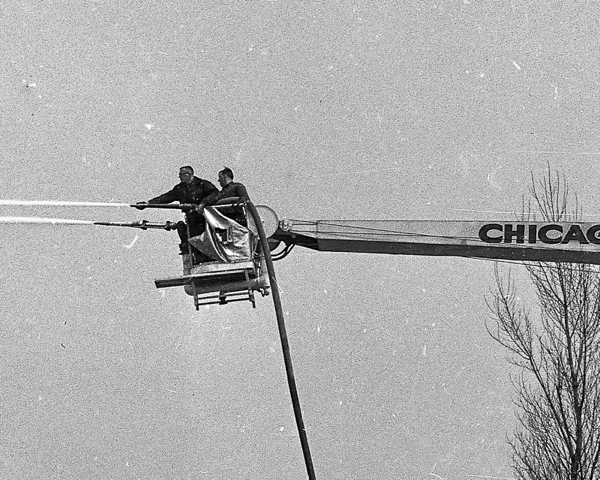
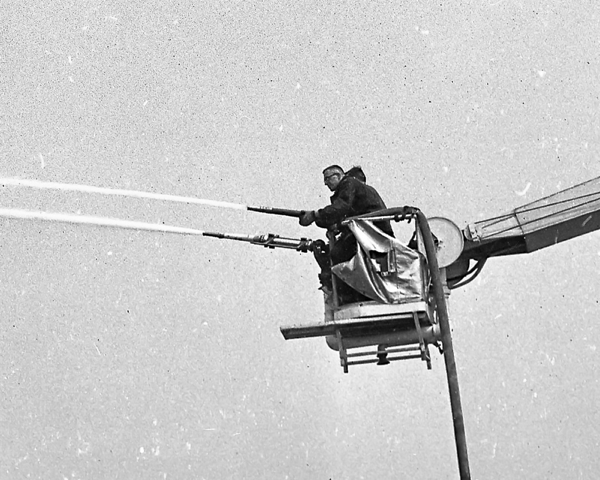
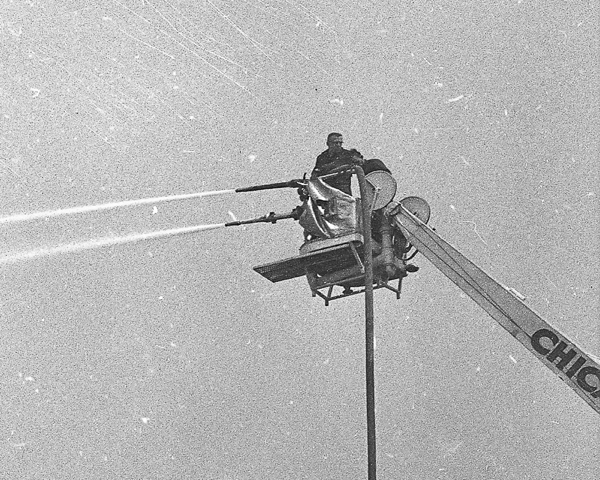
As seen around … Brookfield
Aug 29
